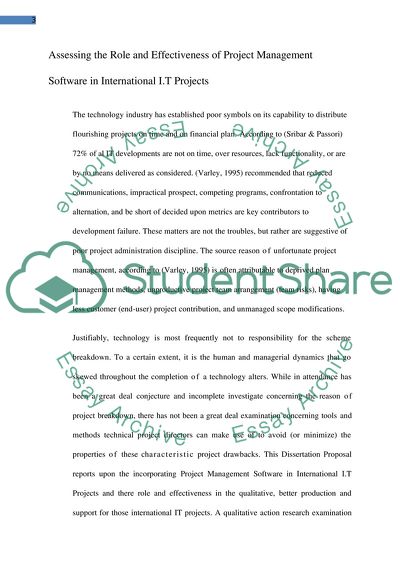Cite this document
(Assessing the Role and Effectiveness of Project Management Software in Research Proposal, n.d.)
Assessing the Role and Effectiveness of Project Management Software in Research Proposal. https://studentshare.org/information-technology/1715858-dissertation-proposal-assessing-the-role-and-effectiveness-of-project-management-software-in-international-it-projects
Assessing the Role and Effectiveness of Project Management Software in Research Proposal. https://studentshare.org/information-technology/1715858-dissertation-proposal-assessing-the-role-and-effectiveness-of-project-management-software-in-international-it-projects
(Assessing the Role and Effectiveness of Project Management Software in Research Proposal)
Assessing the Role and Effectiveness of Project Management Software in Research Proposal. https://studentshare.org/information-technology/1715858-dissertation-proposal-assessing-the-role-and-effectiveness-of-project-management-software-in-international-it-projects.
Assessing the Role and Effectiveness of Project Management Software in Research Proposal. https://studentshare.org/information-technology/1715858-dissertation-proposal-assessing-the-role-and-effectiveness-of-project-management-software-in-international-it-projects.
“Assessing the Role and Effectiveness of Project Management Software in Research Proposal”. https://studentshare.org/information-technology/1715858-dissertation-proposal-assessing-the-role-and-effectiveness-of-project-management-software-in-international-it-projects.


